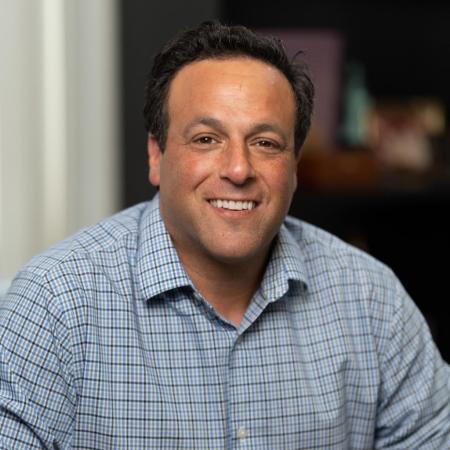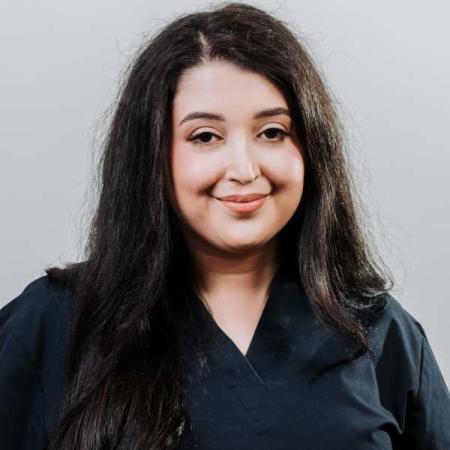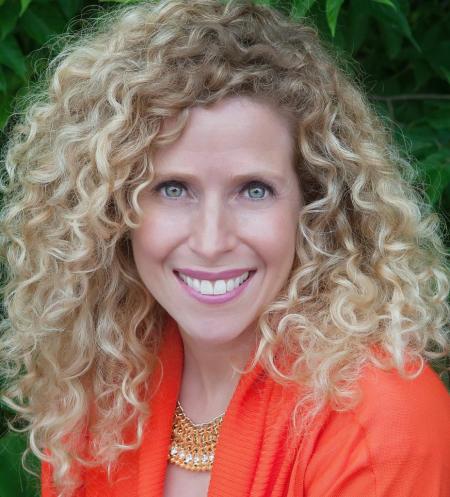High blood pressure might be an occupational hazard of parenting, but who knew you could be at risk before your child is even born? High blood pressure during pregnancy is known as Preeclampsia, and it is no joke. Kids in the House is here to help pregnant mothers and their families learn the warning signs of preeclampsia so that you can get the help you need to have a happy, healthy pregnancy.
What is Preeclampsia?
Getting your blood pressure checked is standard procedure for most doctor’s appointments, but pregnant women need to be especially concerned with this part of the check-up process. Preeclampsia presents as high blood pressure, or hypertension, which is a reading greater than 140/80. Women with preeclampsia may not have had high blood pressure before becoming pregnant, but for reasons unknown, their blood vessels suddenly constrict, sending blood pressure readings out of normal range.
Doctors and mothers should keep an eye out for warning signs of preeclampsia during the last trimester. Of the estimated 5% of women who experience preeclampsia, most will see an onset of symptoms right around their due date or 37 week mark. Preeclampsia can present earlier, around 20 weeks. The earlier preeclampsia occurs, the more severe the case usually is.
Signs of Preeclampsia
High blood pressure during pregnancy, formerly known as toxemia, can have any of the following symptoms:
- High blood pressure reading: Blood pressure of 140/80 on two separate occasions at least six hours apart.
- Protein in the urine: Preeclampsia can disrupt how your kidneys filter your blood, because of blood vessels constricting and cutting off supply to the kidneys and liver.
- Acute swelling in the upper extremities, such as your face becoming noticeably puffier than in recent days or pre-pregnancy
- Headaches, especially those accompanied by vision changes like seeing spots, blurry vision, or light sensitivity
- Nausea and vomiting which is not morning sickness, a determination based on timing as morning sickness should end after the first trimester.
Treatment
The only way to completely get rid of preeclampsia is to deliver the baby. Depending on how far along the pregnancy is, this is not always a safe or feasible option. Any sign of preeclampsia will likely cause a pregnant mother to be admitted to a hospital right away so that doctors can quickly work out a treatment plan. Even if a mother is found to have preeclampsia at an early stage of pregnancy, there are effective ways of treating her to ensure the safety of both baby and mother.
Treatment options include:
- Blood pressure medication to bring the mother’s blood pressure reading into a safe range
- Magnesium sulphate is often administered to reduce the chance of seizures caused by disrupted blood flow to major organs
- Corticoid steroids are considered for fetuses less than 34 weeks to help mature the lungs and ready them for birth
- Medication to induce labor
- Bedrest to lower blood pressure if the preeclampsia is mild and if the pregnancy is not far enough along to have a safe childbirth
While high blood pressure is not always a cause for immediate concern, having elevated blood pressure during pregnancy requires rapid treatment to keep both mother and baby safe and healthy. Preeclampsia, if left untreated in severe cases can result in seizures and organ failure in the mother, and poor weight gain and placental disruption for the baby. See your healthcare provider regularly during pregnancy to always have up-to-date blood pressure and urine testing, and voice any concerns or symptoms you have noticed on your own.
For more information, check out other Third Trimester Warning Signs.



























